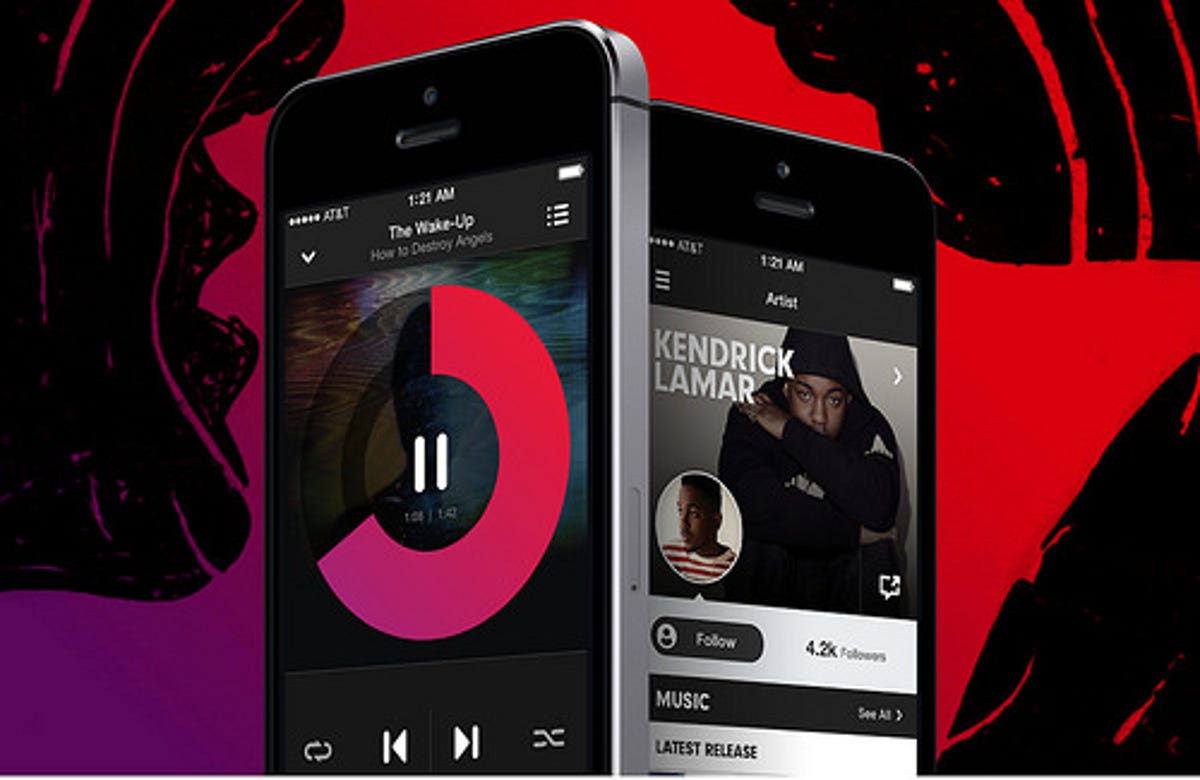
Ian C. Rogers/Beats/fistfulayen.com
Streaming-music service Beats Music is opening up some of its programming to outsiders, with the goal of proliferating the new $120-a-year subscription player in the broader online universe.
“If you’re willing to pay $100 a year for music, which in my experience for all the world’s music is a tremendous bargain, you should have access to music anywhere you might want it, in your car, house, anywhere,” Beats Music Chief Executive Ian C. Rogers told CNET in an interview.
Beats Music on Friday made public its API. An an API, or application programming interface, is a tool for programmers to make one piece of software talk to another piece of software. APIs make it possible for you to register for apps using your Facebook identity automatically, for example. Several other streaming-music services make APIs available publicly, like Spotify and Rdio.
Related Links
- Best TV Streaming Service Deals
- Watch Trailer for ‘The Playlist,’ a Netflix Drama About the Rise of Spotify
- Best Wi-Fi Speaker for 2022
- You’ll Never Own Your Favorite Movie Ever Again
- Best Music Streaming Service for 2022
In the case of Beats Music, which privately shared its API with a few outside developers before the public release Friday, the API has resulted in Beats Music integrations with things like Sonos wireless speakers and like Bop.fm, a searchable aggregator of music services that that connects you quickly to the song you want to play.
With the public API release, Beats Music gives developers access to Beats Music’s catalog of more than 20 million tracks, as well as music metadata, album and artist art, personal recommendations and the curated content from its editorial team and partners that the company as so loudly trumpeted as what sets it apart from competitors.
The company also built and released the source code for a couple applications built on their API, including a MOG playlist mover, which lets users of the MOG music service (which Beats purchased in 2012 as the basis for Beats Music) move their playlists to Beats Music now.
“This isn’t just about giving access to the catalog of music,” said Rogers. “This is about people who are subscribers to a premium music service that has premium music features. As a subscriber you should have access anywhere.”
Beats Music launched less than two months ago, combining the technology of on-demand music service MOG with the same kind of marketing onslaught that made Beats headphones a hit for longtime music exec Jimmy Iovine and musician Dr. Dre. Pitching itself as having a sharper, human curatorial touch than algorithm-driven streaming services like Spotify or Internet radio service Pandora, Beats Music has scored a marquee partnership with AT&T and breathless marketing that targets a mainstream audience — a Super Bowl ad with Ellen DeGeneres being the purest example — but some complaints of early tech hiccups had critics questioning the backend of the service.
Rogers called that criticism, stoked by some registration difficulties right after the service launched, “completely overblown.”
“It had nothing to do with our code, it had to do with our database vendor, which had memory leak,” he said. “The bottom line is we have a talented tech team, we use really cutting edge tech.”
And he said that problem has no relevance to Beats Music’s API. “We know we have a great API, because our coders use it every day,” he said.
Correction 7:47 a.m. PT: The initial version of this story gave an incorrect number of tracks for the Beats Music catalog. The Beats catalog actually has 20 million tracks.




